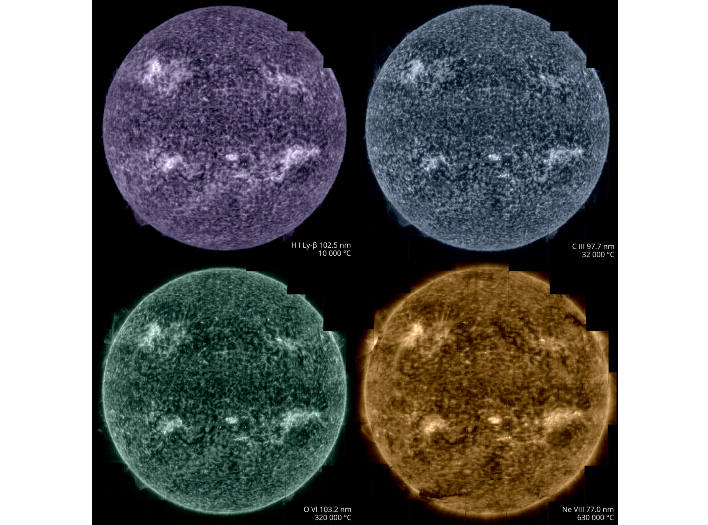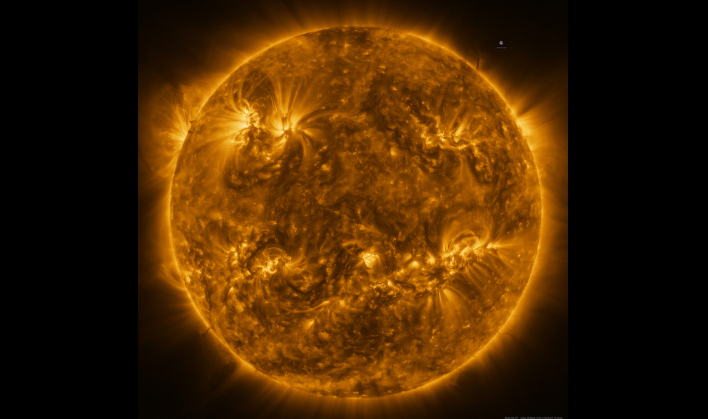This Solar Orbiter's Sizzling Picture Of The Sun Is The Closest View Ever Of Earth's Star
At the beginning of March, Solar Orbiter took several images of the burning star that lights and heats our planet daily. One of those images was taken using the Extreme Ultraviolet Imager (EUI), and is the highest resolution image of the Sun's full disc and outer atmosphere, the corona, ever captured.
The Solar Orbiter is a spacecraft that is designed to take the closest ever images of the Sun. It is designed to observe the solar wind and the Sun's polar regions in ways never before possible, in an attempt to unveil the secrets of the solar cycle. The Orbiter launched in February of 2020 as a collaboration between ESA and NASA.
The high-resolution image that was taken required the EUI to capture a mosaic of 25 individual images, in order to cover the entire Sun at such a close proximity. Images were captured over a period of over 4 hours, and resulted in a final image that contains more than 83 million pixels in a 9148 x 9112 pixel grid. As an example, the image is ten times better than what you view on a 4K TV screen.
The reason the images were taken on March 7th is because this is exactly when the Solar Orbiter crossed the Sun-Earth line. This enables the images to be compared with Earth-bound solar instruments and cross-calibrated. It also makes it easier to compare results of future observations made from different instruments.
The high-resolution EUI instrument captures images of the Sun at a wavelength of 17 nanometers, in the extreme ultraviolet region of the electromagnetic spectrum. By doing this, it reveals the Sun's upper atmosphere, the corona, which has a scorching temperature of approximately one million degrees Celsius.
At the same time EUI was capturing its images, the SPICE instrument was recording data as well. Just as the EUI images had to be pieced together like a mosaic, the SPICE data had to be pieced together as well.

On March 26th, the spacecraft will complete another milestone in its mission, its first close perihelion. At present, the Orbiter is inside the orbit of Mercury, and is capturing the highest resolution images possible. ESA says this is just the beginning, however. In the coming years, Solar Orbiter will continue to pass this close to the Sun. As it does so, it will also continuously raise its orientation to view the Sun's previously unobserved polar regions.
Top Image Courtesy of ESA


